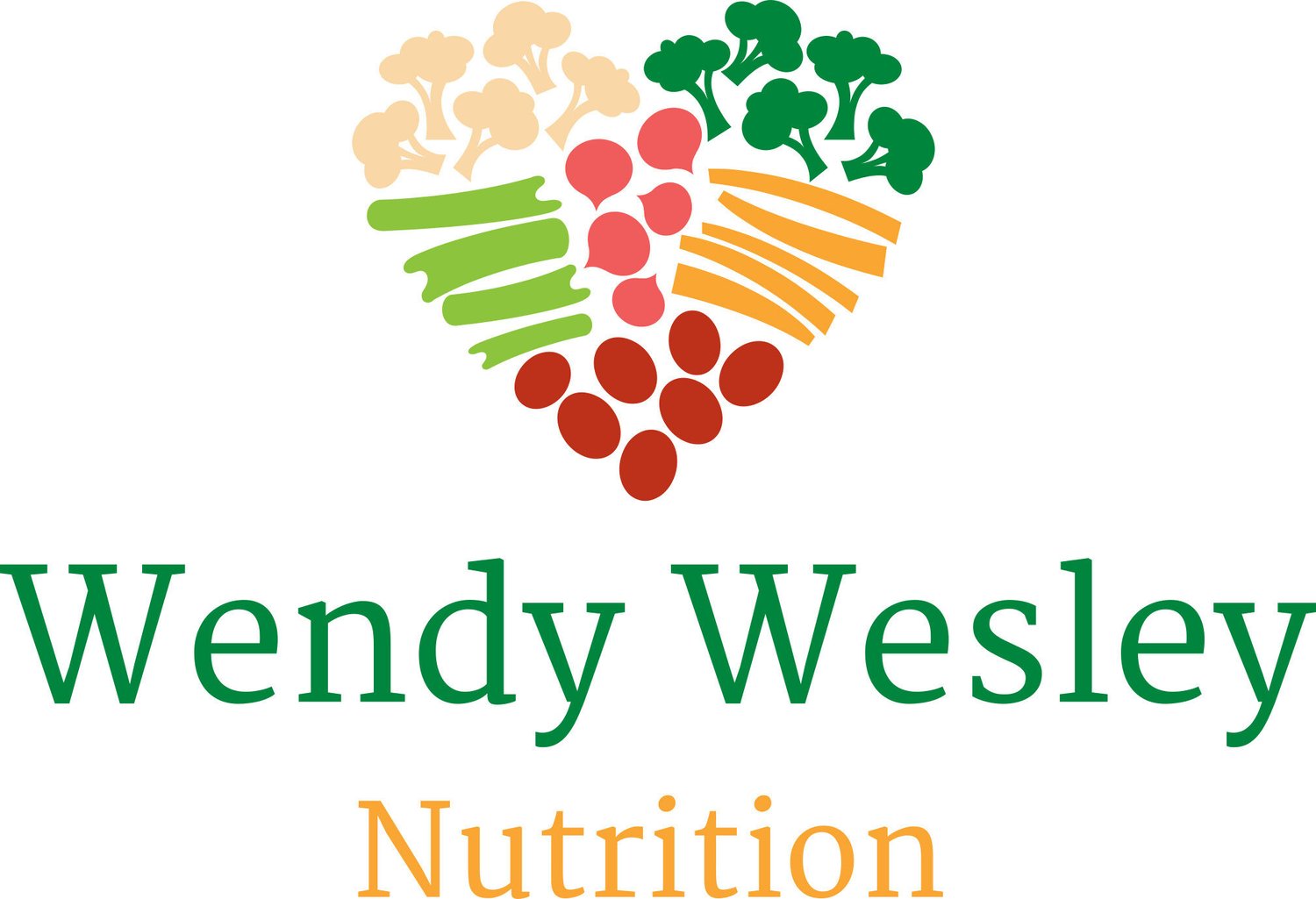Story by Brian Hartz originally published in the St. Pete Catalyst on February 19, 2021
St. Petersburg City Council has taken a step toward reducing food insecurity and shrinking the “food desert” in Midtown that was created when the Walmart Neighborhood Market in Tangerine Plaza shuttered four years ago.
District 2 Councilmember Brandi Gabbard introduced amendments to the city’s Land Development Regulations that will make it easier for residents to sell homegrown produce. Her proposed ordinance passed a second reading at the Feb. 11 council meeting, and it’s being greeted with enthusiasm by health experts such as Wendy Wesley, a nutritionist and dietitian who ran for city council and frequently works with diabetic people who struggle to obtain nutrient-rich foods that they need to manage their conditions.
“It was news to me that people could not sell what they grew,” Wesley said in an interview with the Catalyst. “It was something that caught my attention.”
Wesley said she and some other advocates for urban farming went to the city’s development review commission to request that the height limit of plants be increased to 72 inches and the number of days per year people are allowed to sell produce expanded from 12 to 36. They got what they asked for.
“That’s where advocacy can really make a difference — in the details,” Wesley said.
The ordinance also gives residents greater leeway in the types of agricultural structures they can have on their property, with hoop houses, cold frames, greenhouse and vertical structures now allowed. Additionally, it expands options for selling produce from vehicles and on vacant land in non-residential areas. Home-based sales of honey are also allowed.
As well, fees are being lowered. The cost of a community garden permit has been reduced from $100 to $50, and the cost to renew such a permit is now $10 instead of $50. Roadside vending permits will cost $50 instead of $100, and $10 instead of $50 to renew. Residents who want to grow produce solely for their own consumption won’t need a permit.
Some restrictions, however, will remain in place. Residents can sell produce at their homes only on Fridays, Saturdays and Sundays during daylight hours.
While the ordinance does not completely solve the food desert problem in south St. Pete, Wesley said, “It gives economic opportunity for people during the pandemic to earn a bit more money from their agriculture efforts. Secondly, it gets more nutrient dense foods into the stomachs of needy people in St. Petersburg.”
Prior to starting her own nutrition business, Wesley worked at St. Anthony’s Hospital, where she treated stroke and cardiac arrest patients. “Patient after patient after patient was coming from the south side,” she said. “And they said, ‘There are no grocery stores in my community, so don’t even talk to me about how to manage my diabetes and my cardiac disease, because the food is not in my community and I don’t have a car.’ As a dietitian, I work with people to use food to manage their chronic diseases. The three big chronic diseases are diabetes, cardiac disease and kidney failure. And they are all fixed with food.”
Gabbard, speaking to the Catalyst, said food insecurity in St. Pete has become an even bigger problem during the coronavirus pandemic. “A lot of people who never found themselves food insecure before are finding themselves in that place now. We hope that here in St. Pete we can start to turn the tide and … spread this mission throughout the state.”
The efforts of Gabbard, Wesley and others seem to have had that effect already. State Sen. Darryl Rouson and State Rep. Michelle Rayner have both filed bills in the Florida Legislature that further define urban agriculture and, like what St. Petersburg City Council’s ordinance, expand Floridians’ ability to grow and sell produce in dense urban areas.
Gabbard, though, said greater access to urban agriculture isn’t enough.
“This is not one and done,” she said. “We can’t just check the box on food insecurity and move on. We need to keep working. We need to keep coming up with ideas. We need to keep collaborating. What is that next big idea that can help to feed people in St. Petersburg? That’s really where I’m at right now — looking for what’s next. What more can we do?”

